Masculinity is having a moment. If one were so inclined, it would be possible to take in the Musée d’Orsay’s ‘Masculine/Masculine’ show in the morning, and then hop over the Channel to view the Wallace Collection’s ‘The Male Nude’ in the afternoon. After decades of curatorial and academic focus on the female nude, these concurrent exhibitions offer something different – no gallery-goer could ask for more images of taut buttocks and tight biceps in one day than these shows provide between them.
Yet these are very different exhibitions. The Musée d’Orsay traces a line from 19th-century historical and mythological epic canvases, to the kitsch homoerotica of contemporary artists Pierre et Gilles. The slightly messy narrative suggests, but never fully explores, the centrality of sexuality to the depiction of the male form across three centuries and numerous genres. By contrast, the Wallace Collection display is smaller and more focused, bringing together a selection of life drawings made by pupils of the prestigious Paris Académie Royale in the late 17th and 18th centuries. Here, the male body is presented as an object of purely artistic attention – in Kenneth Clark’s formulation, these men are not naked, they are nude.
For students and Academicians, the defining mark of their skill was the anatomically correct depiction of the beautiful male body. Although the Wallace’s exhibition claims that variety is ‘omnipresent’ within the drawings on display, they in fact confirm the consistency of the Académie’s focus on this traditional form of artistic training, over a span of 130 years. The results are impressive: even those students with subsequently unremarkable careers produced technically brilliant works.
These studies in ideal masculinity indicate the priorities of the gatekeepers of taste in 18th-century France, and cast fresh light on the painted productions of the period’s most esteemed artists. The charming frothiness of Boucher’s idylls can mask the assurance of his expressive power, here amply demonstrated by drawings produced whilst both a student and a master at the Académie. The Wallace seeks to underline such connections with works in its permanent collection, although more could have been made of how these confident drawings can nuance our understanding of French art of the period.
Certain questions remain unanswered: How did students perceive their endeavours in depicting male perfection? Were factors other than their technical training at play? The idea that the male body represents the pinnacle of human beauty was, of course, nothing new. Its classical roots are acknowledged in drawings that include details identifying figures such as Bacchus or Orestes. What did these students know of Plato’s assertions of the potency of male loveliness? How far did Christianity’s longstanding emphasis on the divinity inherent in masculine perfection shape their output? It would have been interesting if more of the thinking behind these highly accomplished drawings had been fleshed out, alongside the finely wrought limbs and muscles.
The simultaneous occurrence of ‘The Male Nude’ and ‘Masculine/Masculine’ prompts a further question – why now? Neither of these exhibitions, with their very different aims and approaches, suggests any real answer to this question. It can only be hoped that others will continue to explore this complex and fascinating area, acknowledging the relationship between artistic representations of the naked male form, and our modern understandings of beauty and masculinity.
‘The Male Nude: Eighteenth-century Drawings from the Paris Academy’ is at the Wallace Collection, London, until 19 January 2014.
Unlimited access from just $16 every 3 months
Subscribe to get unlimited and exclusive access to the top art stories, interviews and exhibition reviews.

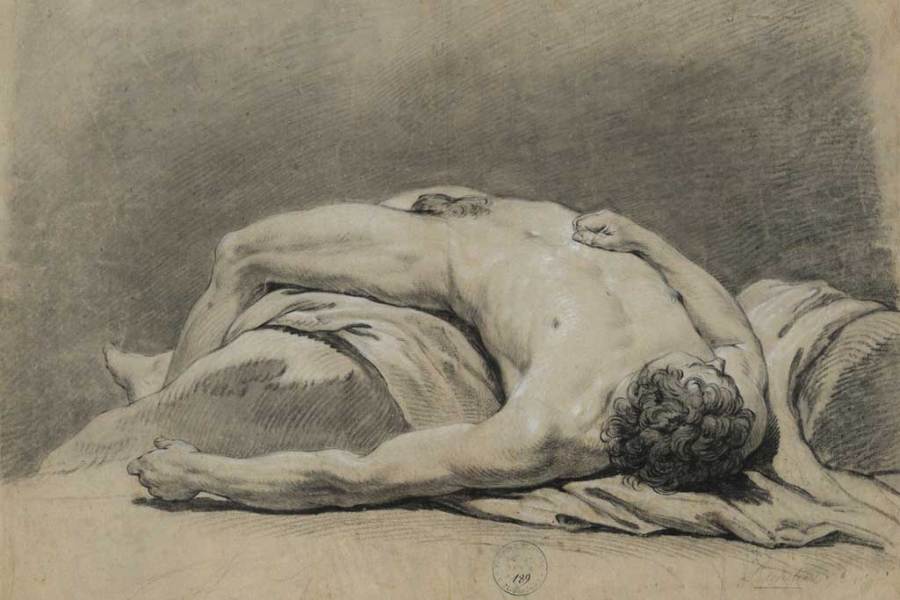
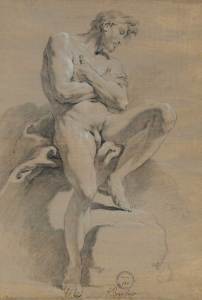
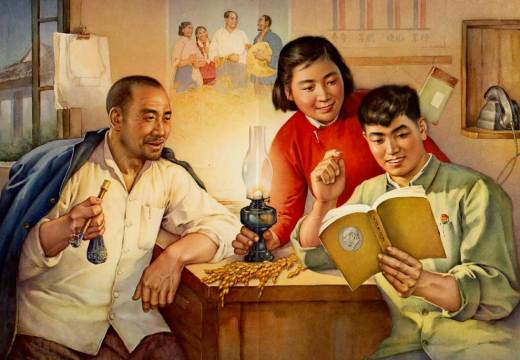
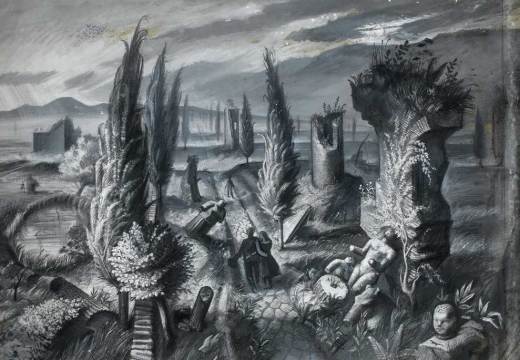
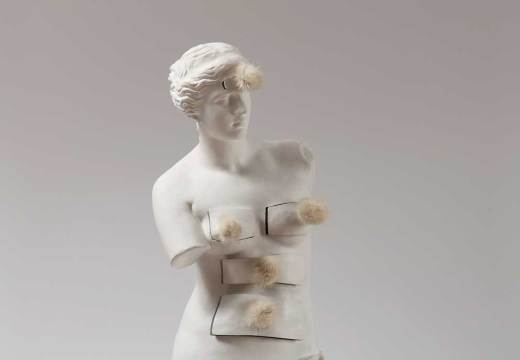









![Masterpiece [Re]discovery 2022. Photo: Ben Fisher Photography, courtesy of Masterpiece London](http://www.apollo-magazine.com/wp-content/uploads/2022/07/MPL2022_4263.jpg)
Has the Fitzwilliam got its rehang right?